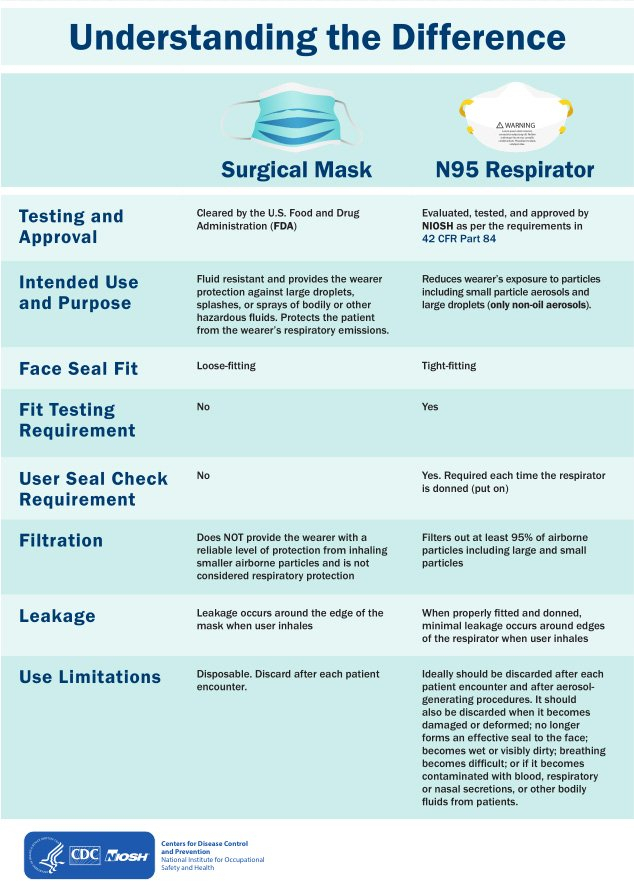The US Centers for Disease Control and Prevention recently gave an advisory on how to prevent the spread of the new Coronavirus and it listed keeping the facial hair to minimum so that it fits within a facepiece respirator while rushing a patient to the hospital. The poster also compared a host of facial features such as side whiskers, soul patches, lampshades and handlebar moustaches among others.
But Twitter has not taken it light. Many users started trolling CDC's safety poster about the facial hair and facemask. One user said:"To beard or not to beard. In the wake of the #CoronavirusOutbreak the @CDCgov has come out with a chart help people understand which facial hairstyles might get in the way with face masks."
Another user tweeted, "I am 100% convinced the CDC made up some of these facial hairstyles. Where did French Fork come from??"
The CDC has really helped me out today! After all these years of thinking I had a goatee, they have identified it as a circle beard! pic.twitter.com/KjX4gI21t2
— Carl Hughes (@HughesCarl) February 26, 2020
...why is a Hitler Mustache one of the options? pic.twitter.com/wNsfJDhwPX
— Scott Bixby (@scottbix) February 26, 2020
The CDC’s guide to facial hair interference with respirators is also a handy guide to facial hair names! Though I would amend it by listing the “toothbrush†also as a “No (doesn’t interfere, but...ya know...just don’t) pic.twitter.com/28JKRtirc6
— Pete Akers (@PeteScientist) February 26, 2020
CDC finna have us like- pic.twitter.com/yVL3bL1UnL
— johnsaidsomethinglike-__- (@johnwintz713) February 27, 2020
What is CDC actually suggesting?
It should be clear that the CDC is not asking anyone to shave the facial hair to avoid the novel Coronavirus. The infographic released by CDC covers many facial hair options though some of these are quite controversial. But the truth is that CDC did not prepare this for the current COVID-19 outbreak, which affected over 82,100 people worldwide and the death toll reached to almost 2,800 globally.
This is a poster used some time ago as one of the several respiratory protection infographics by a sub-branch of the CDC's National Institute for Occupational Safety and Health. People who have checked the poster must have missed the actual current coronavirus advice regarding respiratory protection. It was written that "CDC does not recommend the routine use of respirators outside of workplace settings (in the community)."

Why facial hair is a problem?
It is a known fact that this kind of the virus actually spread among close contracts and almost similar to the advice usually people have heard during every flu season, such as avoiding sick people, stay at home if you are sick, avoid touching your eyes or nose and cover your mouth when coughing, cover when sneezing with a tissue among others.
Since beards don't filter out particles, gases and vapours and hair isn't dense enough to keep tiny particles from passing through, it is understandable why a clean shaved person will be at less risk compared to a bearded person to get affected by the Coronavirus.
A respirator is actually required to be fit-tested to be considered fully effective - in which case beard can pose various issues, hence the 2017 infographic. Now the Twitter users, who are mocking the CDC's poster, should realize that the center never asked that hirsute individuals must part with their 'chin curtains' or 'ducktails' if they're in the path of the COVID-19 outbreak.










